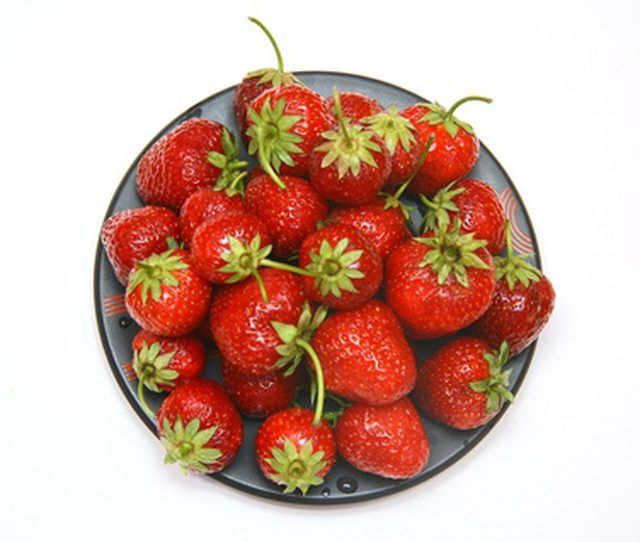Bulbs
Flower Basics
Flower Beds & Specialty Gardens
Flower Garden
Garden Furniture
Garden Gnomes
Garden Seeds
Garden Sheds
Garden Statues
Garden Tools & Supplies
Gardening Basics
Green & Organic
Groundcovers & Vines
Growing Annuals
Growing Basil
Growing Beans
Growing Berries
Growing Blueberries
Growing Cactus
Growing Corn
Growing Cotton
Growing Edibles
Growing Flowers
Growing Garlic
Growing Grapes
Growing Grass
Growing Herbs
Growing Jasmine
Growing Mint
Growing Mushrooms
Orchids
Growing Peanuts
Growing Perennials
Growing Plants
Growing Rosemary
Growing Roses
Growing Strawberries
Growing Sunflowers
Growing Thyme
Growing Tomatoes
Growing Tulips
Growing Vegetables
Herb Basics
Herb Garden
Indoor Growing
Landscaping Basics
Landscaping Patios
Landscaping Plants
Landscaping Shrubs
Landscaping Trees
Landscaping Walks & Pathways
Lawn Basics
Lawn Maintenance
Lawn Mowers
Lawn Ornaments
Lawn Planting
Lawn Tools
Outdoor Growing
Overall Landscape Planning
Pests, Weeds & Problems
Plant Basics
Rock Garden
Rose Garden
Shrubs
Soil
Specialty Gardens
Trees
Vegetable Garden
Yard Maintenance
How to Plant Strawberries in California
How to Plant Strawberries in California. Strawberries are grown in every state, but California alone produces three-fourths of the nation's crop—1 billion pounds of big red berries per year. California grows two types of berries: short-day varieties and day-neutral, or ever-bearing varieties. They require two planting systems, winter and...

Strawberries are grown in every state, but California alone produces three-fourths of the nation's crop—1 billion pounds of big red berries per year. California grows two types of berries: short-day varieties and day-neutral, or ever-bearing varieties. They require two planting systems, winter and summer. In Southern California, where winters are mild, day-neutral varieties planted in winter almost immediately produce fruit. In the Central Valley and along the northern coast, short-day strawberries planted from late summer into fall develop through the winter and bear heavy spring crops.
Things You'll Need
Strawberry plants
Composted manure, compost and alfalfa meal
Overhead sprinkler system or sprinkler and hose
Drip irrigation system
Pine straw mulch (optional)
Plant in an area that has at least six hours of full sun daily and a well-drained soil with a pH of 5.5 to 7.5. Prepare 2-foot wide and 10-inch tall raised beds for strawberries to avoid "wet feet" and diseases such as root rot. The beds can be as long as desired. Dig in organic matter to elevate the soil level. Mix equal parts of composted manure, compost and alfalfa at a rate of 1 lb. per square foot with the top 6 inches of soil.
Install drip irrigation lines. Lay weed block cloth over the beds and anchor firmly at the corners. Cut an "X" in the weed cloth every 8 to 10 inches in double rows that are spaced 6 inches from the edge of the bed and 12 inches apart.
Dig a planting hole at each "X." Plant each strawberry plant so that the upper part of the crown (the area between leaves and roots) is level with surrounding soil or slightly above ground. Refill each hole and firm soil over each plant’s roots. Install an emitter for the drip irrigation system near the crown of each plant.
Water young plants with an overhead sprinkler for three to five weeks, until they are well established, then switch to a drip irrigation system to keep water away from developing berries. Apply 1 inch of water per week. Keep planting beds consistently moist, as strawberry plants are very shallow rooted (70 percent of roots are within the top 3 inches of soil), yet do not over-water. Add pine straw mulch to conserve water.
Tips & Warnings
Plant strawberries in soil where no tomatoes, peppers or eggplants have grown, to avoid exposure to verticillium wilt and other diseases.
Pinch off all runners (young plants sent out from "mother" plants on long stems) that develop during the first season, so all plant energy goes into producing fruit.
Short-day cultivars that do well in California include Chandler, Douglas, Oso Grande, Pajaro and Sequoia.
Day-neutral cultivars that do well in California include Fern, Hecker, Irvine, Mrak, Muir, Selva and Yolo.